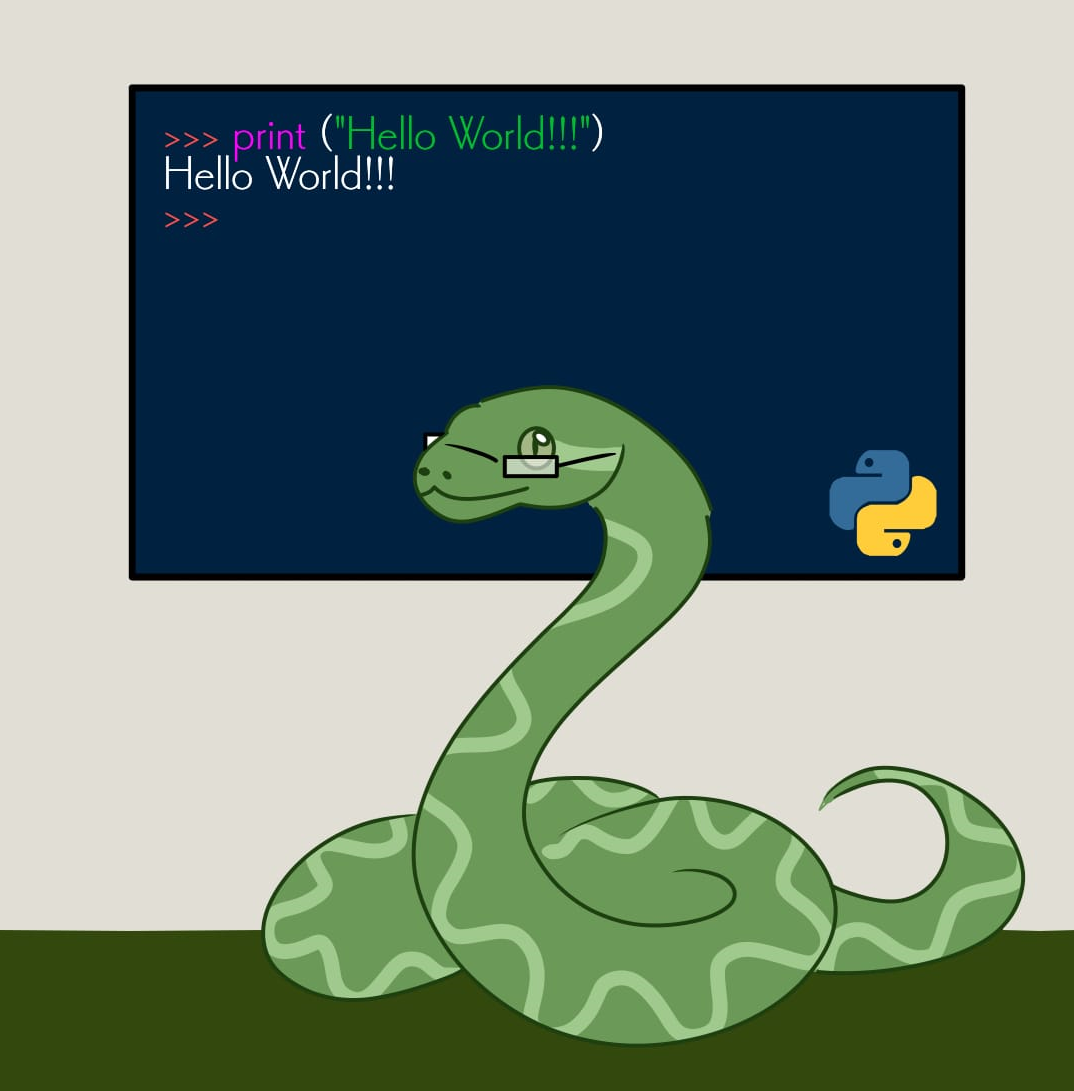MAS2008
Scientific computing
Lecturer:
Neil Strickland


| University PC setup: | Web page | YouTube video |
| Personal PC setup: | Web page | YouTube video |
| Week 1: | Introduction to VS Code, revision | Lecture | Lab | Test | Week 2: | numpy arrays, linear algebra and vectorization |
Lecture | Lab | Test | Week 3: | Plotting with matplotlib |
Lecture | Lab | Test | Week 4: | Solving differential equations | Lecture | Lab | Test | Week 5: | Integration and PDEs | Lecture | Lab | Test | Week 6: | The Python ecosystem | Lecture | Lab | Test | Week 7: | Version control, testing, debugging | Lecture | Lab | (no test) | Week 8: | Data analysis and curve fitting | Lecture | Lab | Test | Week 9: | Signal processing | Lecture | Lab | Test | Week 10: | 3D plotting and animations | Lecture | Lab | Test |